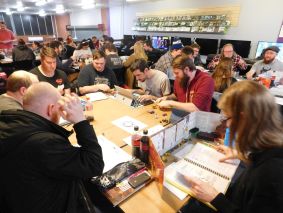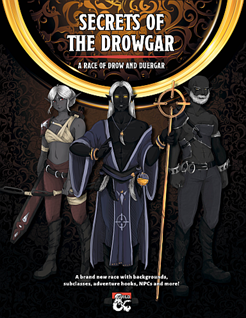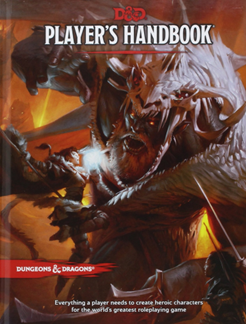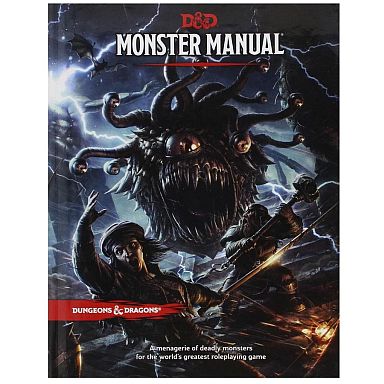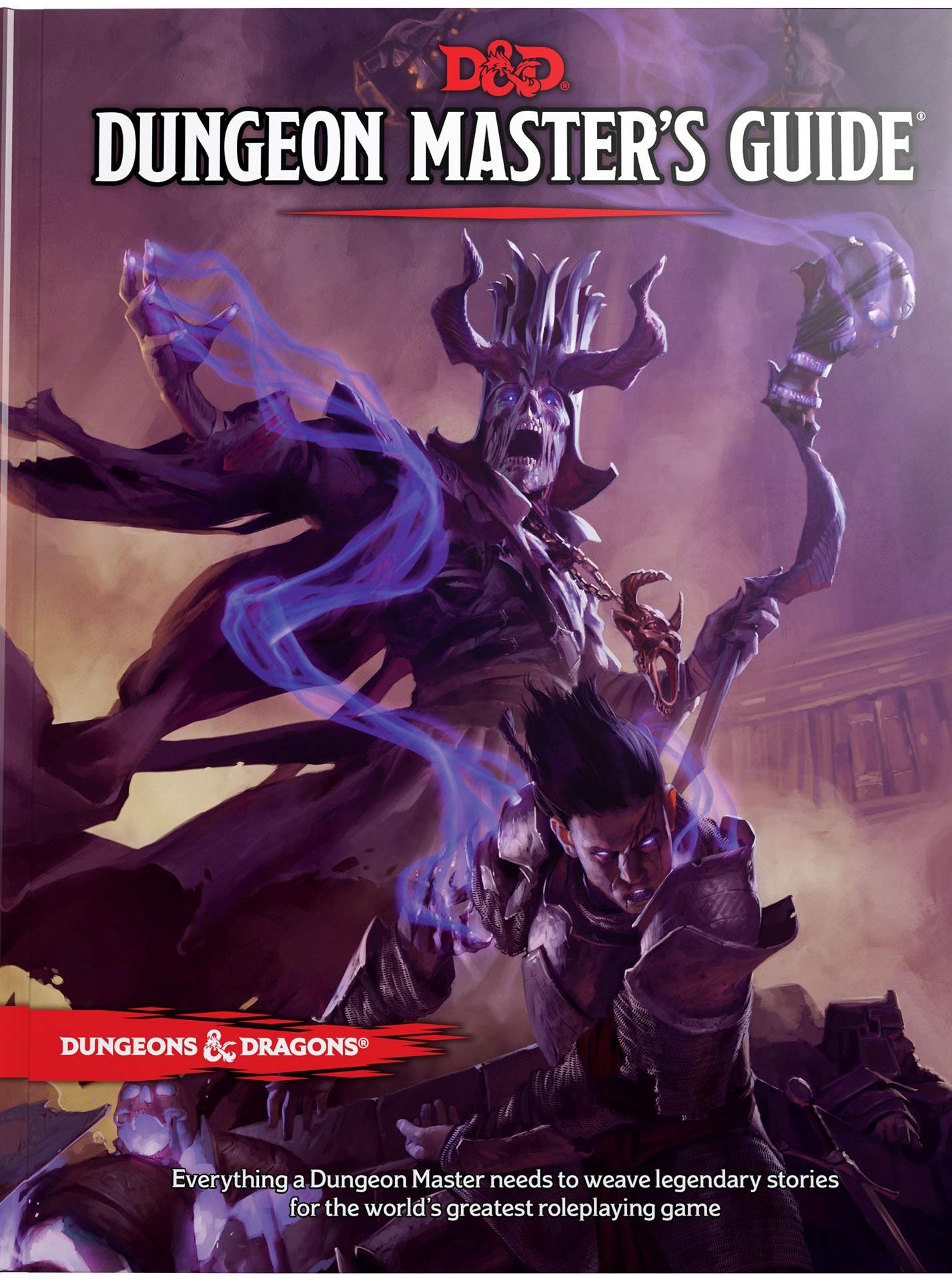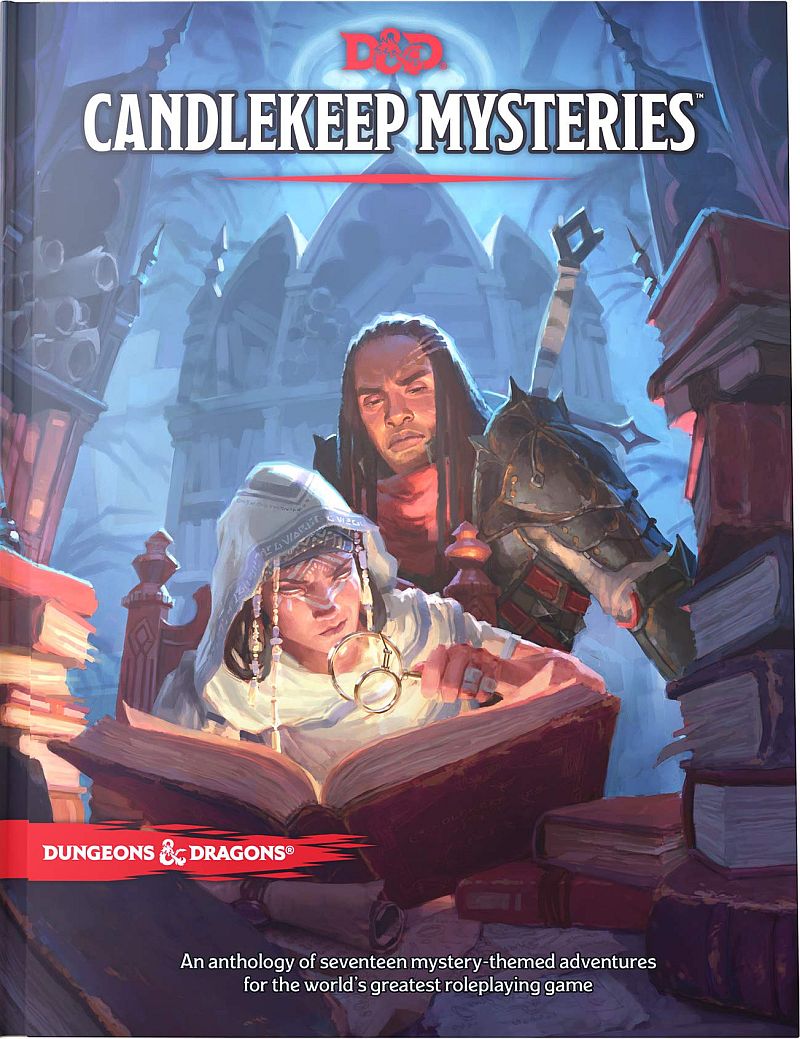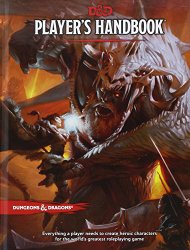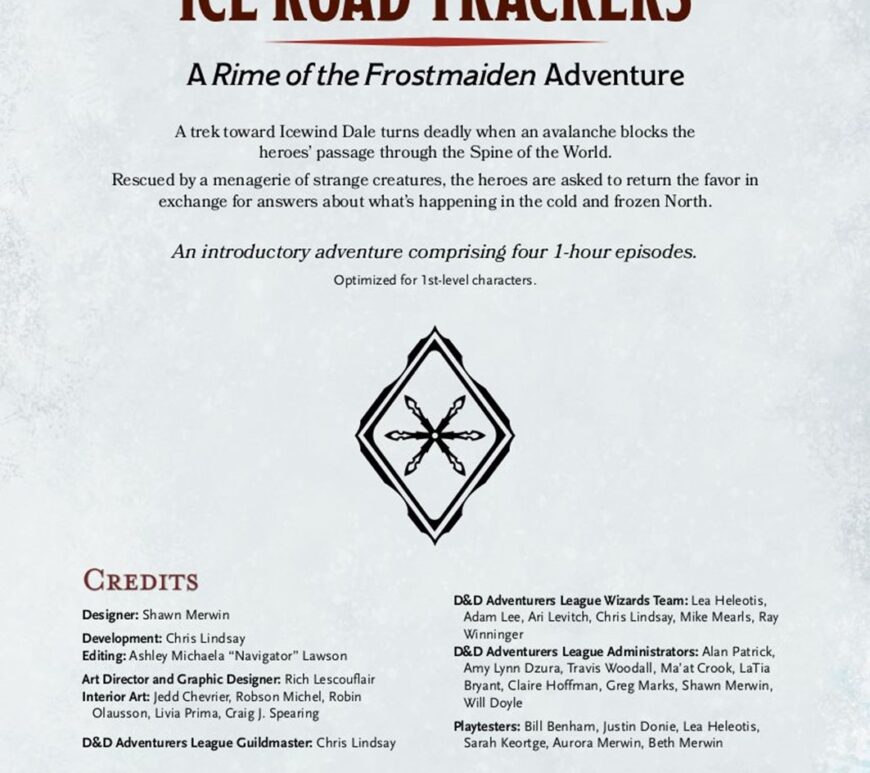
5E Adventure Review: Ice Road Trackers
Ice Road Trackers is the first of the adventures for Season 10 of the D&D Adventurers League. Designed by Shawn Merwin, it consists of four one-hour adventures for level one or two characters. It occurs during the events of Icewind Dale: Rime of the Frost Maiden, but, as with most of the DDAL adventures, runs separately from the hardcover adventure. This adventure introduces characters to … Continue reading 5E Adventure Review: Ice Road Trackers

